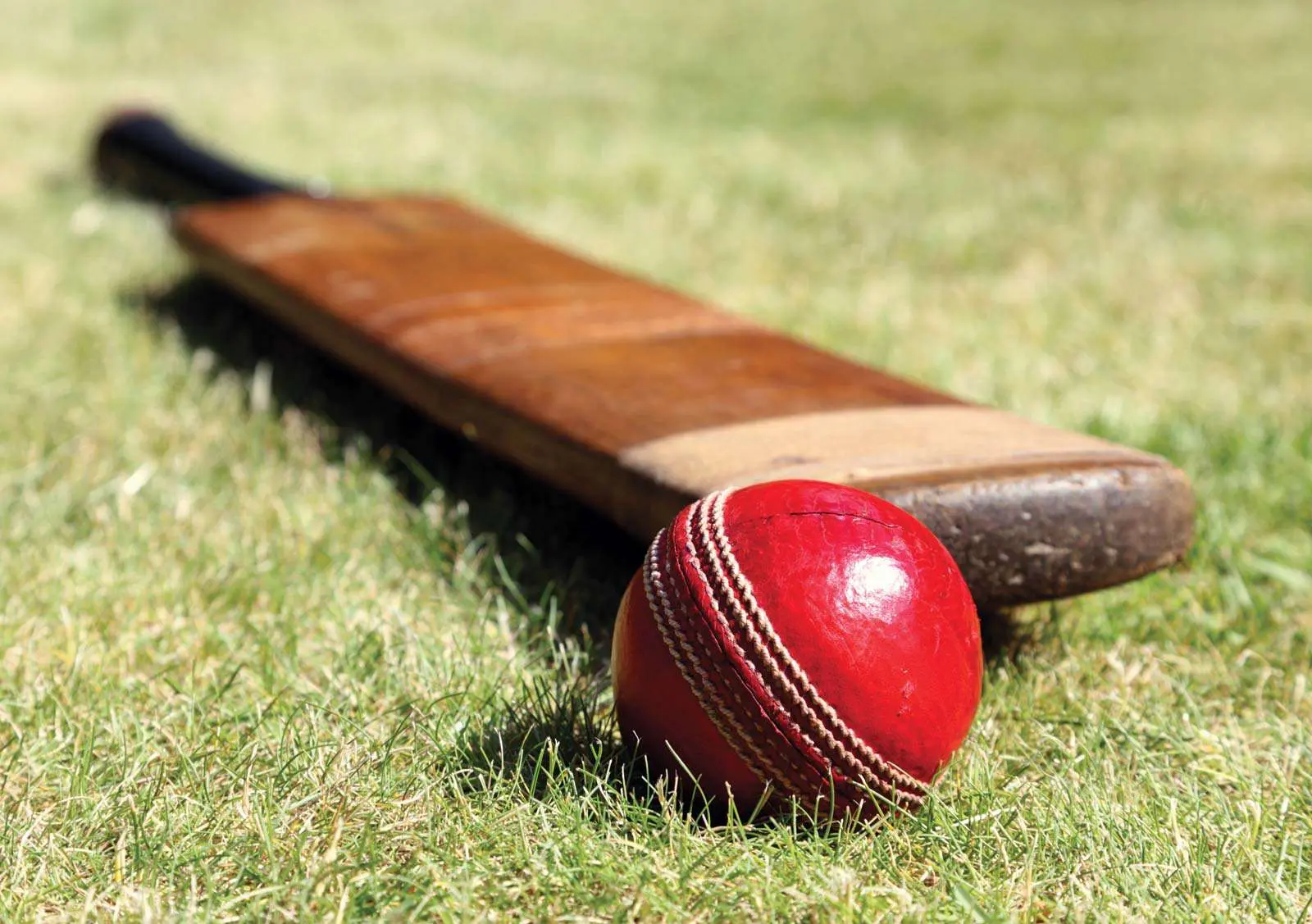When purchasing a cricket bat, you need to take several factors into consideration. You should match the sweet spot and hitting area of the bat to your strengths. The blade’s maximum swell should also match your batting strengths. You should also consider the bounce of the wicket, which is important if you intend to drive or play back foot. If you’re good at both, a bat with a lower bounce is better for you.
Size
The Laws of Cricket specify the length and width of cricket bats. The bat’s overall length cannot exceed 38 inches, and its handle is not regulated. However, cricket bats may be longer or shorter than the specified maximums. Unlike other sports equipment, cricket bats don’t have to be as long as footballs. A good kookaburra cricket bats source will have standardized bat measurements to help you make the right choice.

The edge of a cricket bat is the part that’s visible on the side. This part of the bat is not used to get to the ball. In the past, cricket bats were generally rectangular and had a thick edge along the shoulder and toe. Nowadays, most cricket bats feature a narrow edge on the shoulder and a thicker edge near the toe. Those bats that are larger should be considered Type A.
Weight
A cricket bat’s weight is an important factor in deciding whether it’s right for you. The more weight you can handle, the more power your shots will have. This is important, but there are also some players who like to swing the bat lighter than others. In this article, we’ll examine a couple of the top players in the game and the weight of their cricket bats. Also, find out what the weight range should be for your specific playing style and equipment.
Whether or not a cricket bat is too light or too heavy depends on several factors. The weight of a men’s cricket ball is typically 155.9 grams, with a circumference of between 22.4 and 22.9 centimeters. The weight of a women’s cricket bat, on the other hand, ranges from 140 grams to 151 grams. A typical cricket bat weighs around two lb seven oz (or 1.3kg for metric measurements). While some players like to use heavier cricket bats, others prefer lighter ones. If you’re unsure, pick up a few different bats and see which one feels best.
Sweet spot
There are many factors that determine which cricket bat is best for you, and choosing the right one can be a daunting task. A good cricket bat is one that is both sturdy and comfortable, and the length, width, and weight of the blade should match your preferences. Your style of play will also determine which shape is best for you. While the weight of the blade is important, the handle is even more important.
Size is another factor to consider when choosing a cricket bat. Smaller players may struggle with a large bat, while larger players may benefit from a medium-sized bat. Long-handled bats are a good option for people over six feet. The right cricket bat should fit your height and your ability level, not the other way around. Using the height-to-size chart will help you find the perfect fit.
Handle
While most bats are designed to be suited for any type of cricket, there are certain styles for which there are special shapes. For example, is specifically shaped for T20 cricket. It is also essential to determine your foot position when batting. Players who favor playing with their back foot often benefit from bats with higher sweet spots. While experienced cricket players will usually invest in more expensive bats, younger players may not be willing to spend their life savings on a cricket bat.
While you may be a complete beginner, you’ll still want to consider the types of pitches you play on. If you’re a more experienced player, you might want a bat that bounces slightly more than you would on a neutral pitch. If you’re not sure what sort of pitches you’ll play on, you can try several different brands to find one that suits your playing style.
Pickup
There are a few factors to consider when picking a cricket bat. The pick-up of a cricket bat is a measure of the weight distribution of the cricket bat. A balanced bat will feel lighter in the hand than one with an unbalanced weight distribution. The cricket grip is another consideration since it adds weight to the handle area. Hence, the weight of the cricket bat may affect the pick-up.
Different players hit the ball in different areas of the bat. This requires a cricket bat with different shapes to cater for the preferences of players. Among different bat shapes, there are low sweet spots for front-foot players and mid-sweet spots for back-foot players. The pickup of a cricket bat indicates the distribution of weight throughout the bat. A balanced bat will have a lighter pickup than its actual weight. Cricket bats are generally designed to be balanced in pickup.




















